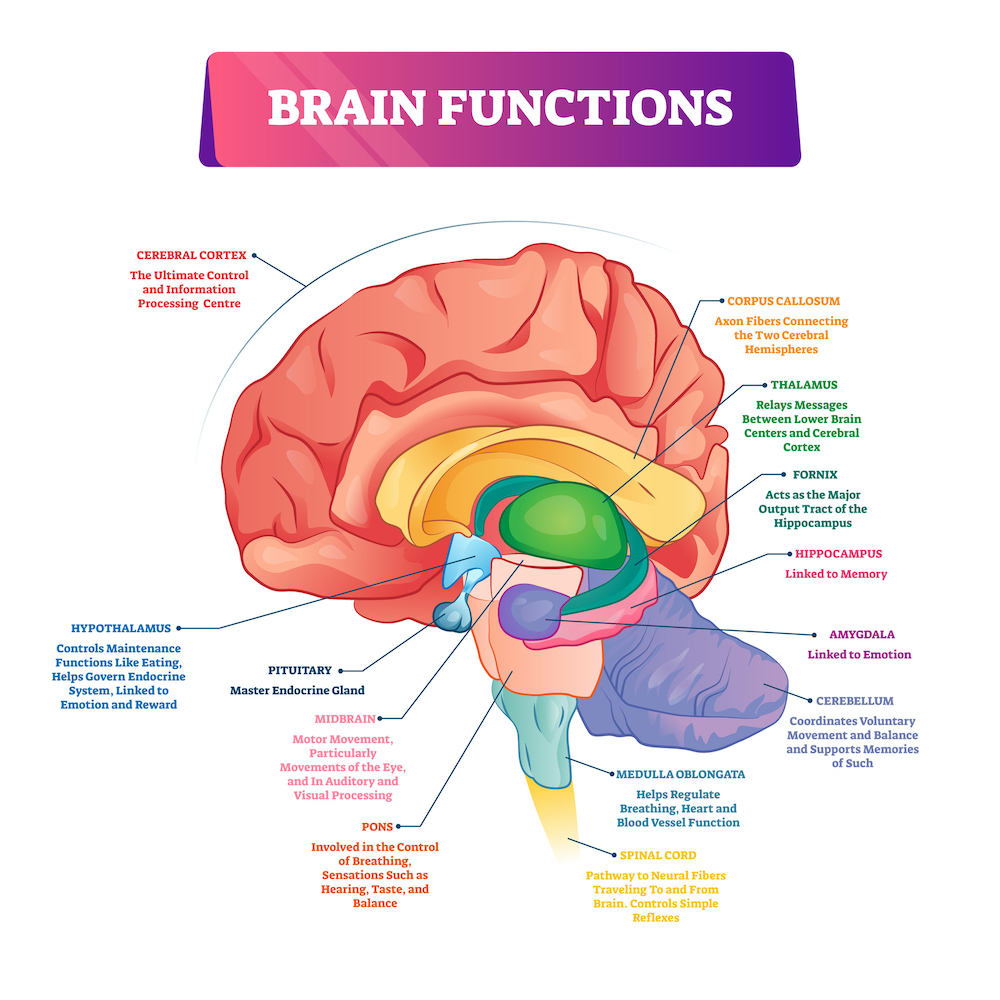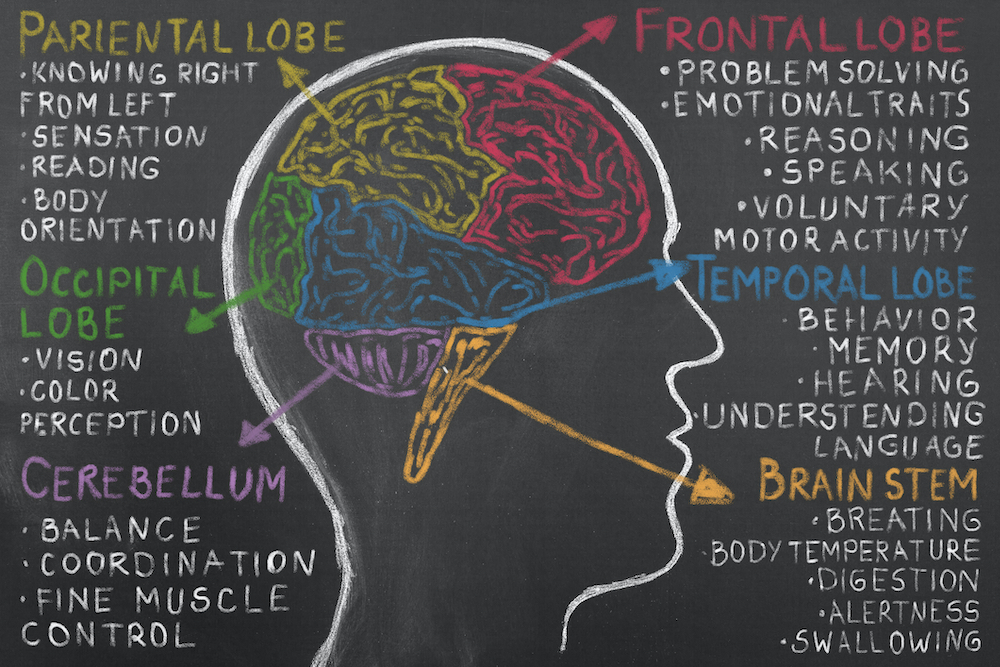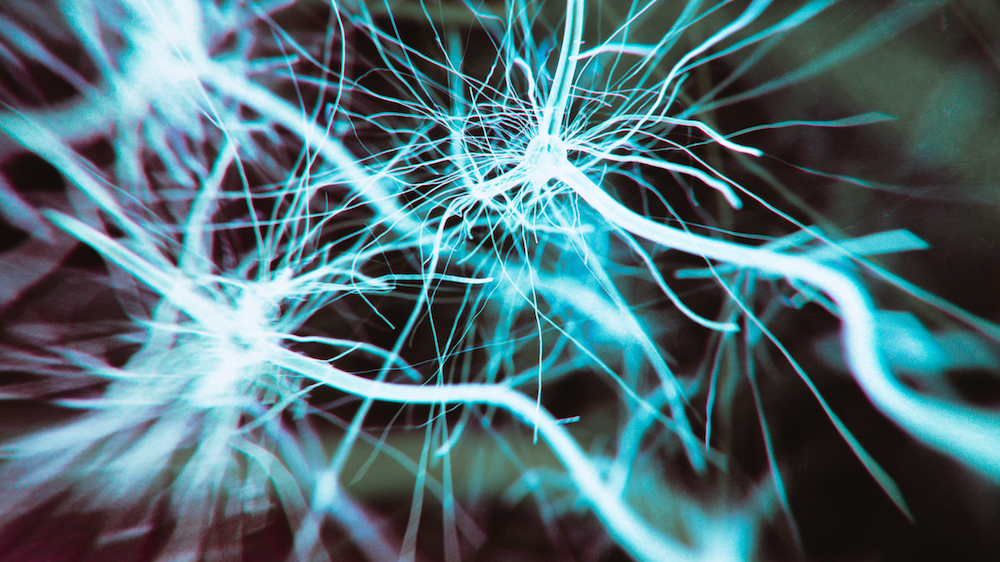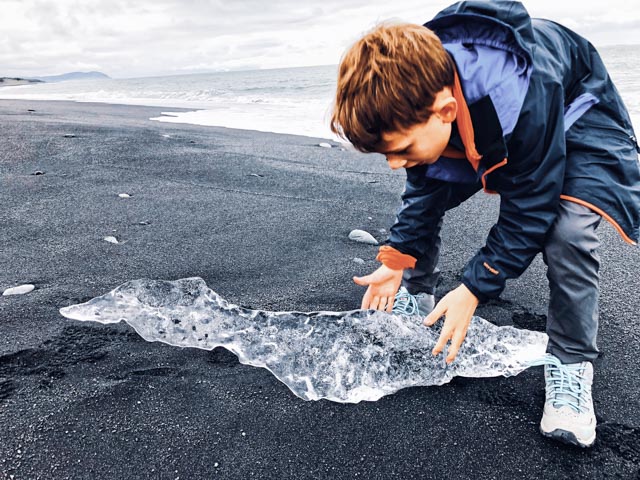It’s no coincidence that some of the most memorable experiences for any child are family holidays. Cornel University professor of psychology Thomas Gilovich led a 20-year study on the subject of happiness. Gilovich discovered that it’s experiences and not material possessions that lead to the greatest happiness. So is there a possibility of increasing your child’s IQ through travel?

Travel is one of the best ways of combining this “happiness factor”
and the many other personal and educational benefits.
Travelling to unfamiliar environments using all five of our senses is important in a child’s development. The exposure to different cultures, foods, languages and experiences encourages adaptability, empathy, social skills, resilience, tolerance and diversity in children. It helps mould the people they grow to become and it aids in increasing your child’s IQ through travel.
In today’s screen-filled world, parents are concerned about children spending too much time on smartphones and computers. Travel can provide a welcome break from the potential perils of having too much screen time.
Overall, we are great believers in the educational benefits of the internet. However, studies show that the increasing amount of internet addiction in society today can be harmful. More specifically, it is linked with behavioural disorders and depression (Montag et al 2016).
The greatest benefit of family travel is the scientifically proven
enhancement of children’s intelligence and brain development.
In this article, I will explore this concept in greater detail. I aim to provide the scientific basis and studies to back up this powerful claim.

Contents
Evolution of the Brain
First, I think it is important to understand the basics of how the brain has evolved from our human ancestors and its key functions.
Modern humans diverted from our close relatives, the apes, around 6 million years ago, and evolved into the earliest humans around 2.5 million years ago. Several species of humans have existed since then including Neanderthals, but about 13,000 years ago Homo Sapiens became the only survivor.
Modern humans are notable for having particularly large brains. A typical mammal weighing 60Kg has a brain approximately 200 cubic centimetres in size, whereas humans now have brains in the region of 1200-1400 cubic centimetres. As we all know, the human brain is a tremendously complex organ, but has retained much of its ancient reptilian and mammalian systems.
For the purposes of this article, I want to relate back to the three primary evolutionary areas of brain development. These are the “reptilian”, “mammalian” and “neocortex” structures (the outer layer of the cerebrum). This was first proposed by Paul MacLean, a famous American neuroscientist based at Yale Medical School, in the 1960s.
Brain Function
Neuroscientific research over the last 60 years has made significant progress. Our knowledge of the brain’s anatomy and function, although far from complete, is much more extensive. Although MacLean’s model is now considered over-simplistic by today’s standards, it remains a useful tool when looking at the broader picture.

istock.com/VectorMine
The “reptilian” or “primal” brain is the oldest part of the human brain, and consists of the brainstem and cerebellum. It controls our core functions such as heart rate, breathing, body temperature, balance and our instinctive and reflex behaviour.
The “limbic” or “mammalian” brain emerged in early mammals around 200 million years ago. It’s responsible for our emotions, memories and importantly being able to forge mental links between our actions and favourable or negative outcomes, crucial for survival in the past. It encompasses the hippocampus, amygdala and hypothalamus.
Brain Lobes
The neocortex contains the brain’s 2 hemispheres, each divided into 4 lobes. This is the higher brain, that distinguishes humans from all other animals, resulting in our consciousness, capability of abstract thought, language, imagination, decision-making and wisdom.

istock.com/eli_asenova
Relative to other mammals, human babies are born quite premature. This is primarily so the baby’s head (and brain) are as large as possible but can still pass through the mother’s birth canal without risk. This means that while their brains have about 200 billion neurons (the electrically excitable cells which communicate with other cells via synapses) the “wiring” is very basic, and babies are far less self-sufficient than their mammalian relatives. Over the first five years of a baby’s life, however, about 90% of the brain growth takes place.

istock.com/koto_feja
The personal circumstances and encounters of each and every baby and child determines the formation of the specific neural pathways, so every child develops differently.
It’s no surprise that the unique, loving and trusting relationships with parents is of particular importance in the child’s brain development.
Enhancing Brain Development
Attachment Play
“Attachment” is a term first coined in the 1950s by the renowned British psychologist John Bowlby. It describes the crucial bond between a child and its parents. This attachment begins in infancy and Bowlby found that loving, responsive and joyful relationships with parents have a significant impact on a child’s emotional and cognitive development.
Attachment play is a particular form of play which nourishes these bonds, usually through cooperative, non-competitive and fun activities. It can range from playing peek-a-boo with a newborn to role play, building lego or just messing around together.

On top of the world in Whistler
Furthermore, it stimulates the production of oxytocin, a feel-good chemical, known to reduce stress and promote brain development.
The benefits of attachment play should not be underestimated. These benefits have been well documented in various studies (eg Crandell and Hobson 1999, Panksepp 2016).
Family travel, free from the pressures of work and school,
provides the perfect environment for this nourishing and enjoyable activity.
Well-being Systems
Furthermore, Jaak Panksepp was a world pioneer in the field of the neuroscience of emotion. He developed the notion of 7 neural system architectures or primary emotional systems. These are located deep within the limbic system of the brain. They are divided into the “well-being” emotional systems and the “aversive” ones.
Well-being systems include Care (the feeling of being loved and safe), Play (helps develop physical and social skills), and Seeking (the sense of curiosity, exploring, creating).

Inspecting glacier ice on Diamond Beach in Iceland.
Aversive systems include Fear (responsible for avoiding pain and harm), Rage (helpful for survival, enhancing self-defence) and Grief (sense of sadness or panic when social (eg parental) bonds are at risk).
Interestingly, the well-being systems have been shown to produce feel-good chemicals such as oxytocin and opiods (Nelson and Panksepp 1998). The aversive systems lead to the production of stress hormones. The 7th system, “lust”, designed to ensure we reproduce, is an entire topic in itself, but not for this family travel blog!
Family travel is the perfect environment
to nurture the PLAY and SEEKING systems.
Natural Play
As well as the attachment play described earlier, the wonderful unbridled enthusiasm children have for natural play, which is often physical and energetic, is a crucial part of social development (Pellegrini and Smith 1998). In fact it’s a characteristic of all juvenile mammals, and Panksepp (2007) showed that it’s hugely important in the development of the neocortex and frontal lobes. Through PLAY, children learn the social skills, boundaries, behavioural flexibility and foresight which Panksepp claimed lead to well-focused and goal-orientated behaviours in adults – exactly the skills needed to promote strong friendships and successful careers in any field.
Seeking Behaviour
But perhaps the most important and over-arching system, Panksepp argued, is SEEKING behaviour. A basic evolutionary trait in all mammals (and many other animals too) SEEKING is investigative, experimental, and curious behaviour. This is the motivation that gets a hungry animal to food and a thirsty one to water. It creates the neural links between cues and rewards and in today’s world is the master-motivator behind success and accomplishment.
The opportunities for exploration on vacation are endless,
limited only by one’s imagination,
nourishing our all-important SEEKING systems.
Enriched Environments
These concepts link very closely with the important idea of “enriched environments”. Enrichment generally means increasing the amount and variety of multi-sensory stimulation, often including social interactions and physical activity, with the aim of increasing exploratory behaviour.

This might include new experiences, exploring historical sights and visiting museums. It will also include trying different foods, making friends, meeting people from different cultures, experiencing new languages and so on. This has long been believed to increase well-being in children (Stoddard and Wellman 1940), cognitive ability (Arai and Feig 2011) and reduce anxiety and stress levels (Veena et al 2009). This particular concept provides the foundation of increasing your child’s IQ through travel.
Well-planned family travel is clearly able to provide
wonderfully varied enriched environments.
Final Thoughts
We’ve covered a lot of ground in this article, but the key messages are clear. Intelligent Journeys can provide inspiration for the perfect combination of fun, excitement, and wholesome family time, while developing your children’s diversity, independence and sense of responsibility. It can aid in increasing your child’s IQ through travel by inspiring you to expose them to new experiences and environments.
These are all wonderful aims. What other activity can achieve all this and at the same time provide endless opportunities for cultural, social and explorative experiences, scientifically proven to enhance your children’s brain development?
Instilling the joy of travel from an early age
is perhaps one of the greatest gifts
we can give to children.

Sunny studio/Shutterstock.com